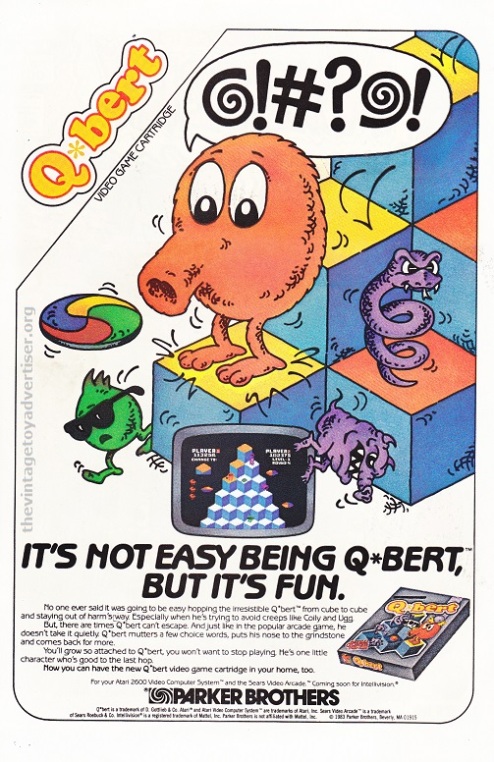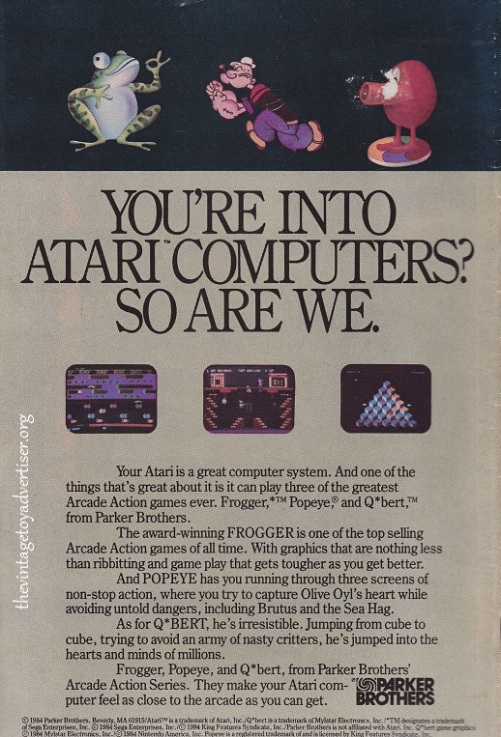Tenté was a construction brick toy similar to LEGO, and was created in 1972 in Spain by Exin-Lines Bros S.A. Tenté sets differed from their competitor in that their sets were mainly commercial and military vehicles of various scales. The Tenté bricks were also unique in that they had central holes in each “stud” to allow for additional connection points. The sets were manafactured in the USA, Japan and Europe. The product, although very similar to LEGO, is not compatible with its Danish counterpart.
Monthly Archives: April 2011
BRITAINS
In 1893, William Britain perfected the metal hollow casting process that led to the production of hollow ‘cost effective’ lead toy soldiers. This method had already been utilised to some degree by German manufacturers, but it was William Britain that led the way in creating affordable lead toy figures.
In 1959, William Britain purchased the Herald Miniatures toy company which had been successfully manufacturing plastic toy soldiers. William Britain embraced this new method and began producing a wide range of toy soldiers in plastic. By the 1970s, the company became widely known as ‘Britains’. Toys appearing on the market under this name included farm sets and animals, military vehicles and play sets, a space series, and the hugely popular range of military and Wild West ‘Deetail figures’ with their instantly recognisable metal bases. Today, the company specialises in die cast toy soldiers and accessories, featuring armies from numerous time periods.
TVTA is pleased to present a number of print adverts and catalogue pages featuring the Britains range across the years.

Britains farm. France. PIf Gadget. 1983.

Britains farm and knights. Denmark. Anders And & Co. 1984.
Thanks for looking 😊 Post updated with new images December 2022.
TCR… Total Control Racing
TCR (Total Control Racing) was a popular brand from the Ideal toy company in the late 1970s up to the mid 1980s. TCR used small ‘Matchbox’ scale racing vehicles on a slotless track. Vehicle sets included Formula 1, Super Trucks, vans, and a cool The Dukes of Hazzard set plus others. Often there was a ‘drone’ vehicle included in sets known as a ‘jam vehicle’ which served as an obstacle for the racing vehicles to overtake.

TCR Mountain Hazard advertised along with a non TCR slot car set The Professionals. UK. Hamleys Catalogue. 1983.
ATARI
TVTA is pleased to present a selection of international adverts for Atari products.

Q*bert. US. 1983. Classic arcade game from 1982 developed by Warren Davis and Jeff Lee. Can you help Q*bert to alter the colours of the pyramid by making him hop from square to square and avoiding enemies along the way?

Frogger. US. 1982. “Frogger’s first challenge is to cross a highway where reckless hot rods hurtle by, and huge trucks go thundering in his path. Every safe jump in this maze of motor and metal is a crucial step home.”

Atari Tron. US. 1983. Tron arcade game based on the 1982 sci-fi film written and directed by Steven Lisberger, starring Jeff Bridges who plays a computer programmer trapped inside the software of a mainframe computer.

Burger Time. US. 1983. This MATTELL ELECTRONICS arcade game was originally titled “Hamburger” and was renamed Burger Time for the USA market. The game featured PETER PEPPER as the busy chef, and was available to play on systems such as the ATARI 2600, COMMODORE 64, INTELLIVISION and others.

Parker Brothers titles. France. 1984.
Post updated with new images April 2020.
MAJORETTE
Majorette is a French toy company that specialises in die cast toy cars that were introduced in the mid 1960s.
Majokit
Majokit comprised of vehicles, figurines, accessories and snap-together parts to form town and city play sets.
SHOGUN

Shogun action figures came in various scales made from both plastic and die-cast metal. Licensed by Mattel in the late 1970s the figures were based on the Japanese anime show of the same period.

France. Pif Gadget. 1979.

France. Pif Gadget. 1979.

Italy. Topolino. 1979.
PEZ… candy-popping themed dispensers
Pez was invented by Austrian Eduard Haas III in 1927 and marketed as a breath mint. The name ‘Pez’ derives from the German word for peppermint ‘pfefferminz’. Oscar Uxa invented the first dispensper in 1948 – based on cigarette lighters of the time, the aim was to try and discourage people from smoking. In the early to mid fifties the first novelty dispensers were marketed and aimed at children. This was followed by Popeye and Disney character novelty heads which featured on top of the dispenser. Pez is still sold today and remains popular around the world .
Read more Pez history at the official site pez.com
thank you for popping Pez with us 🙂












































































